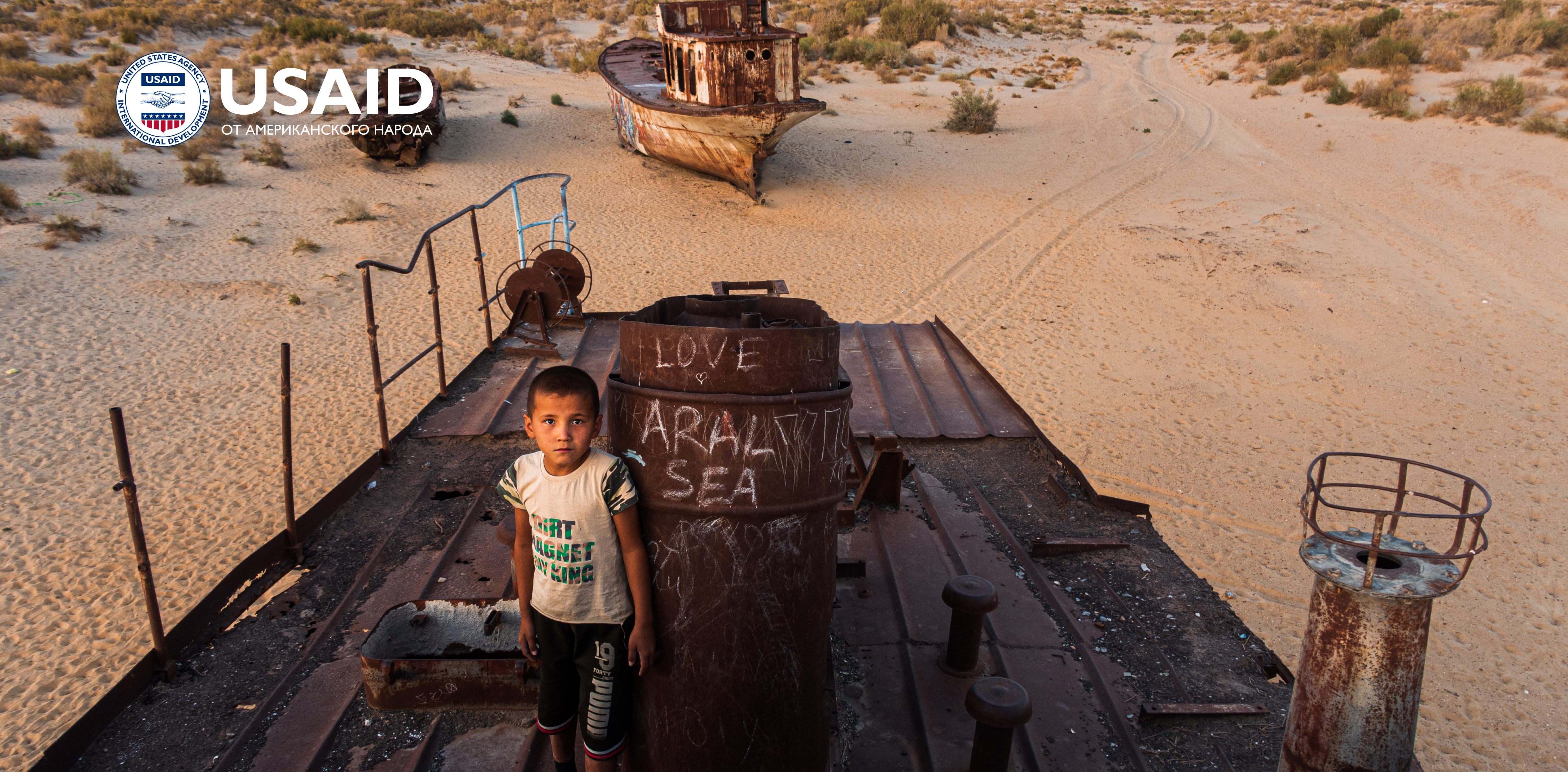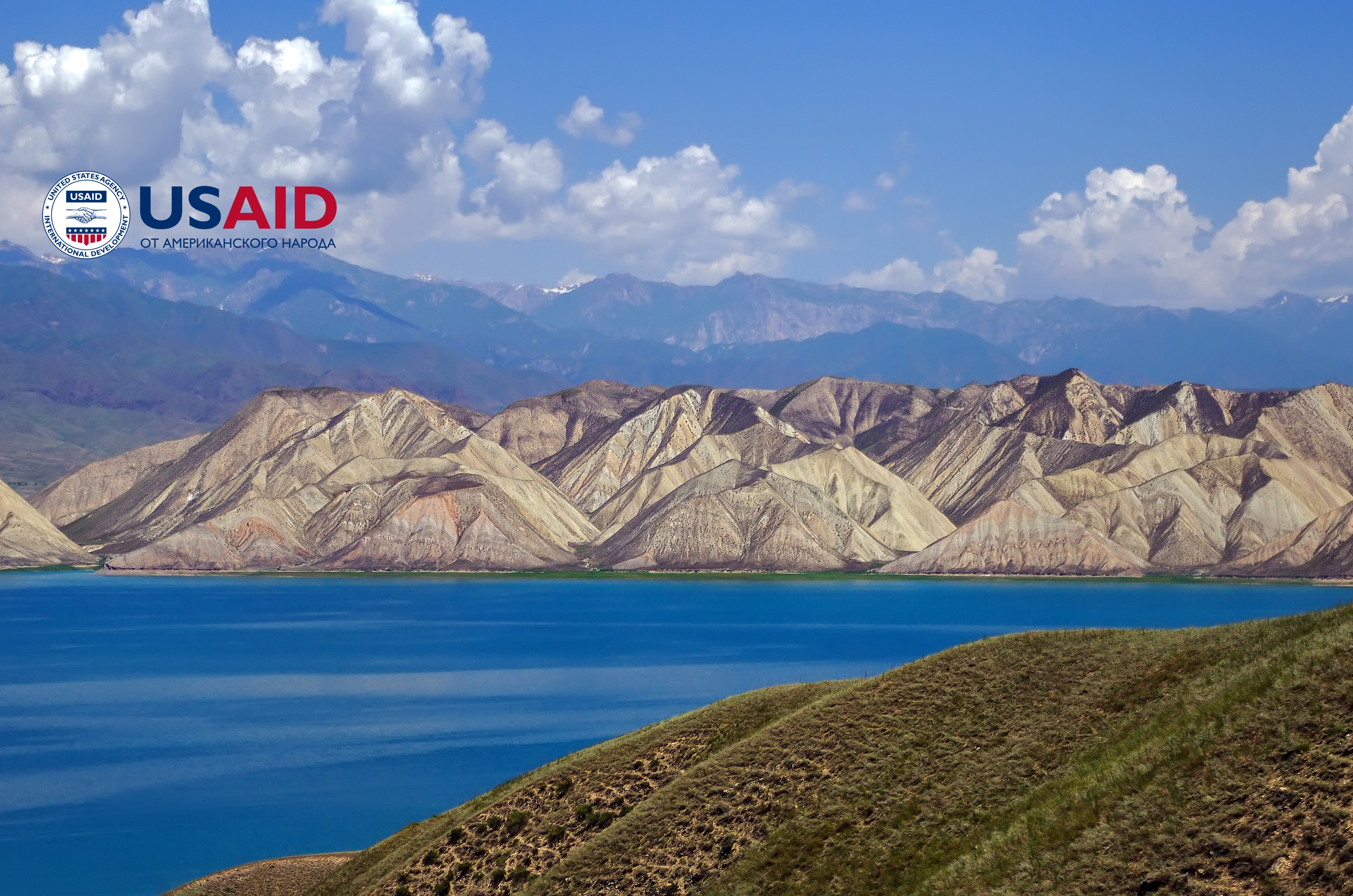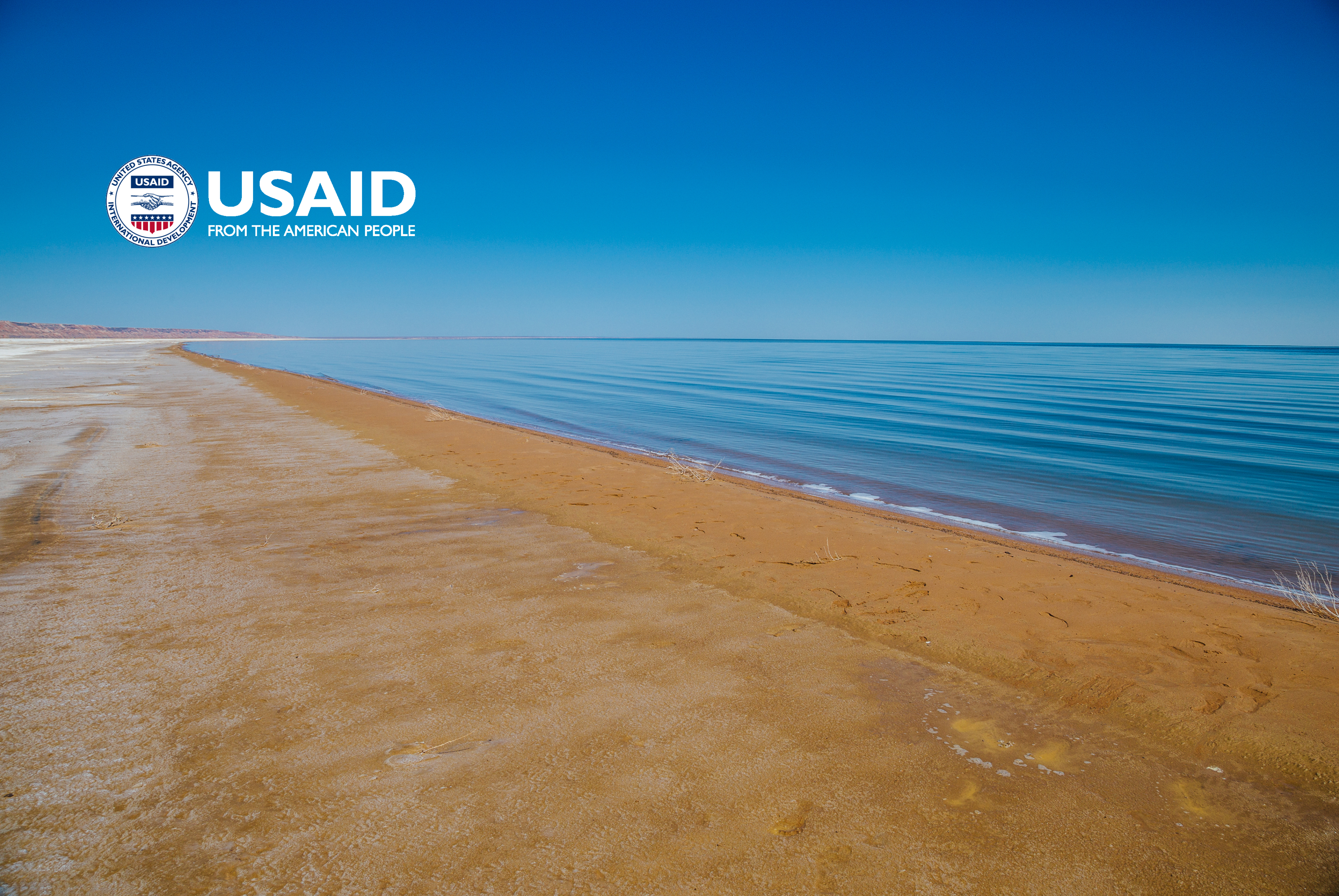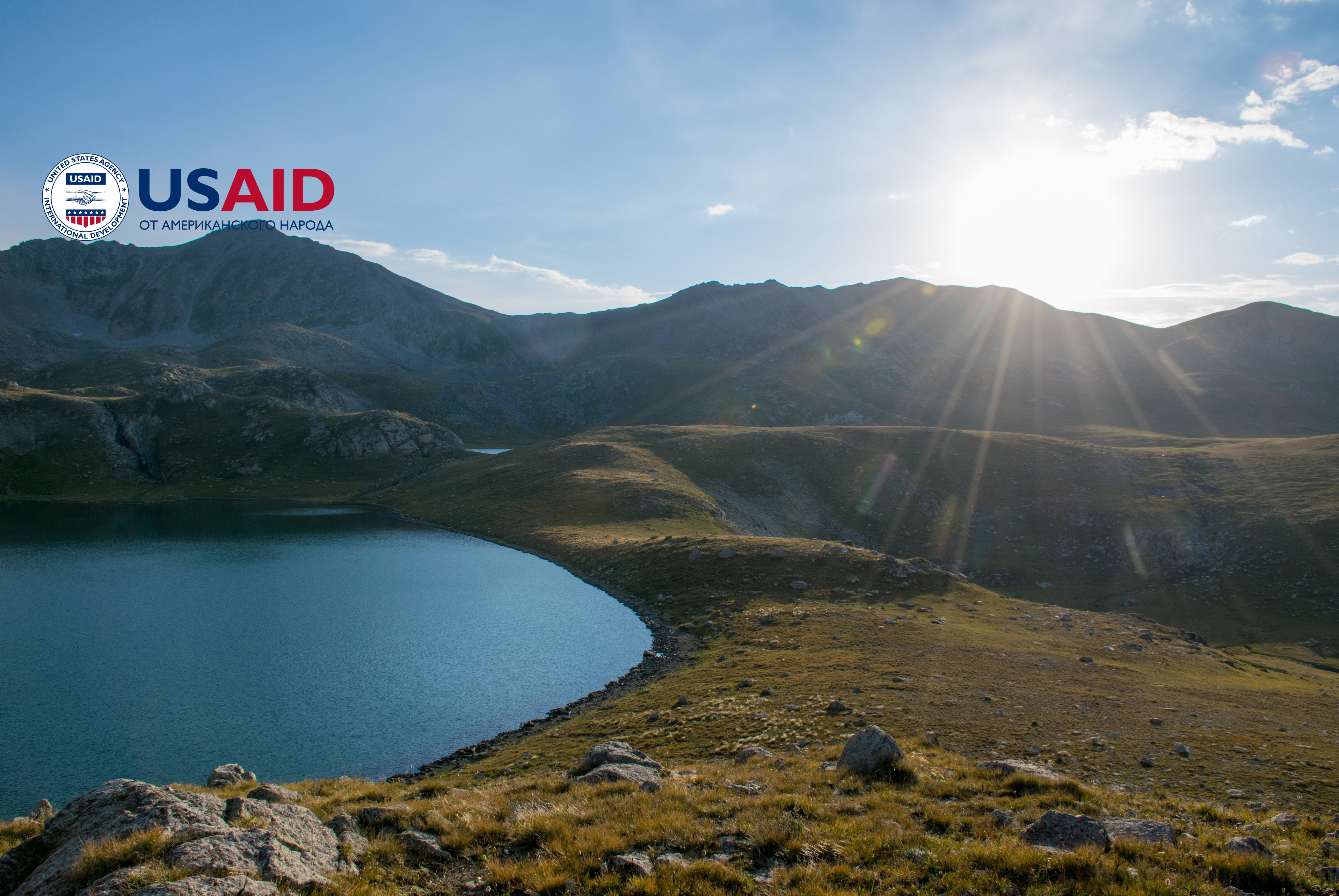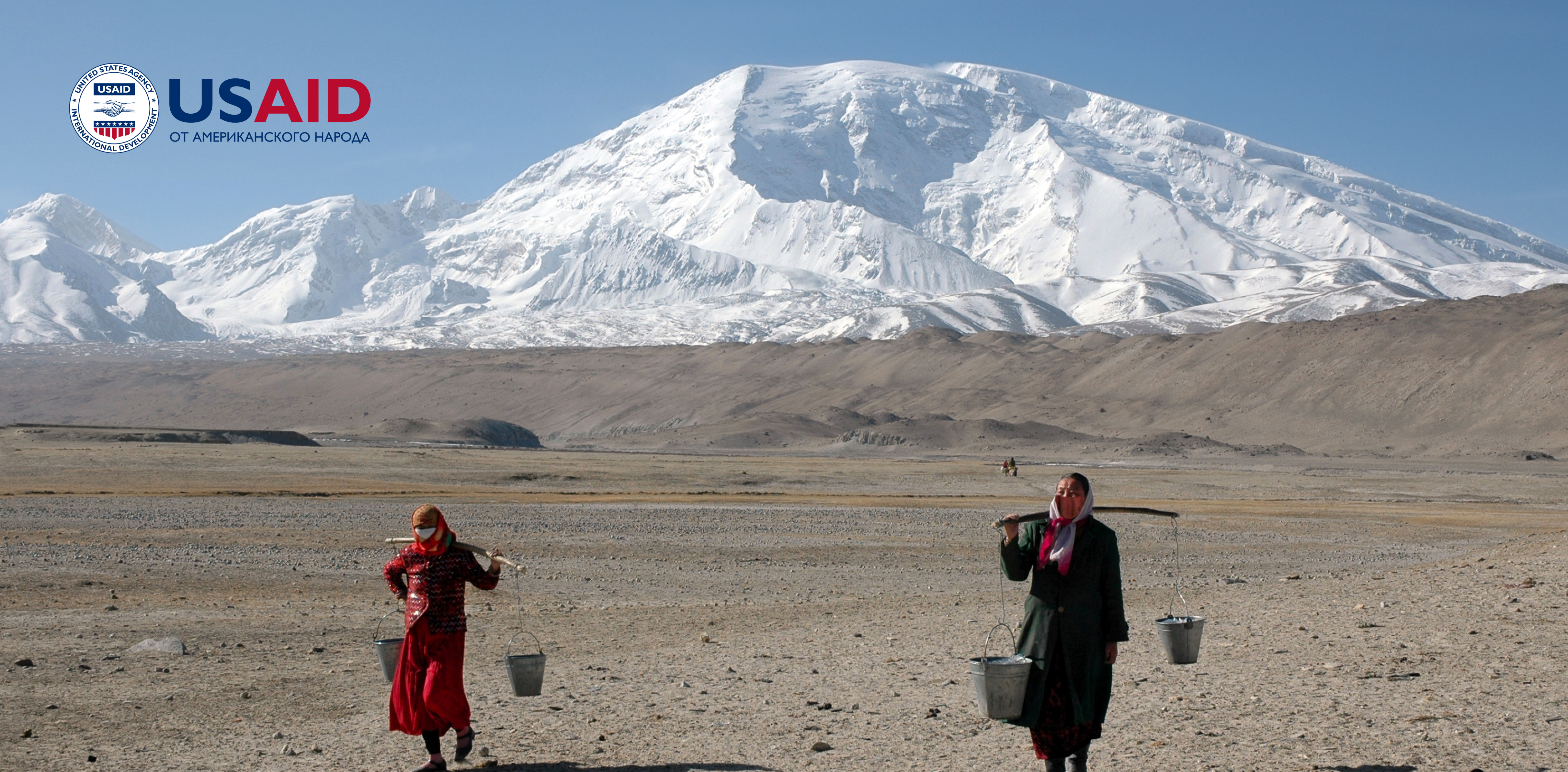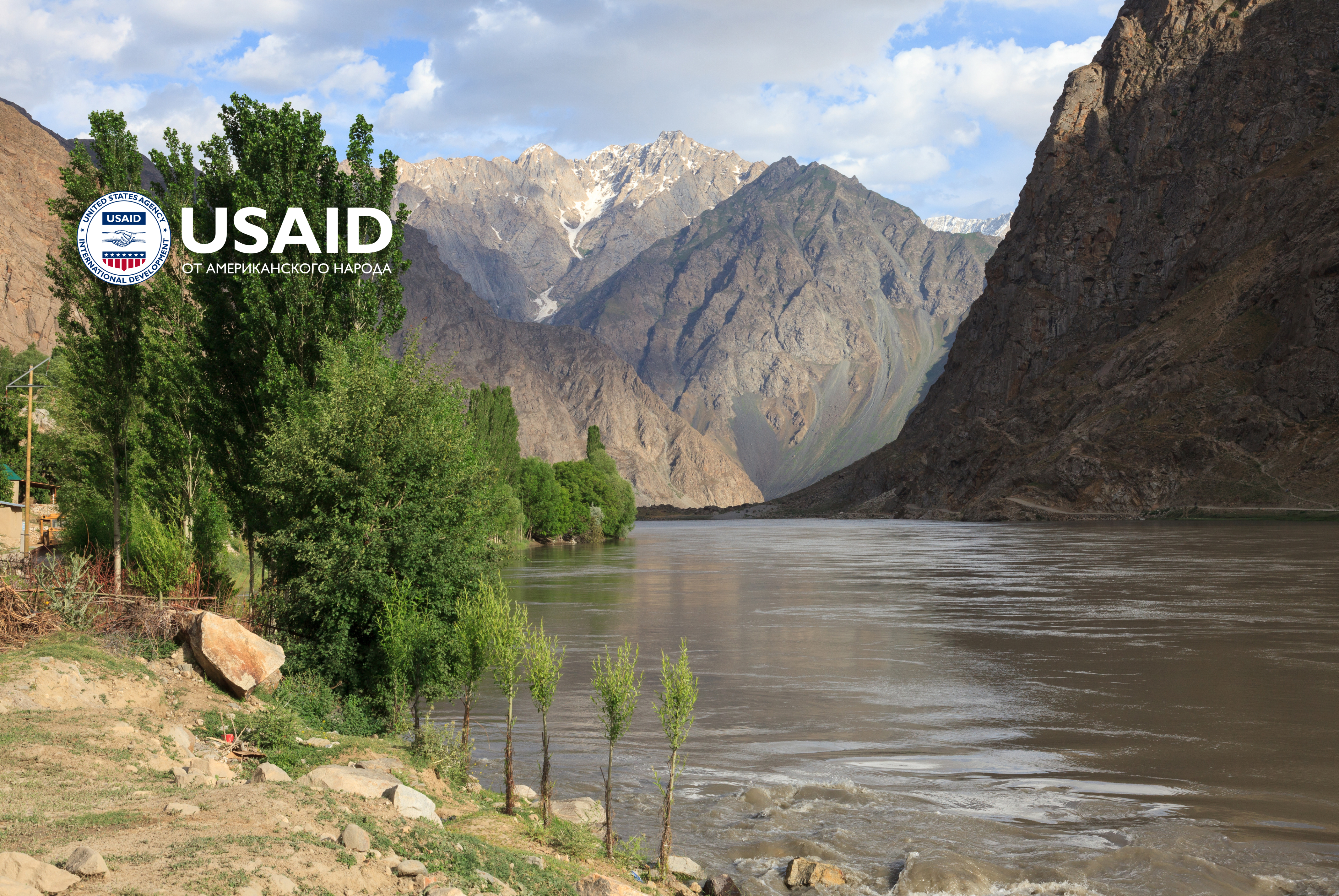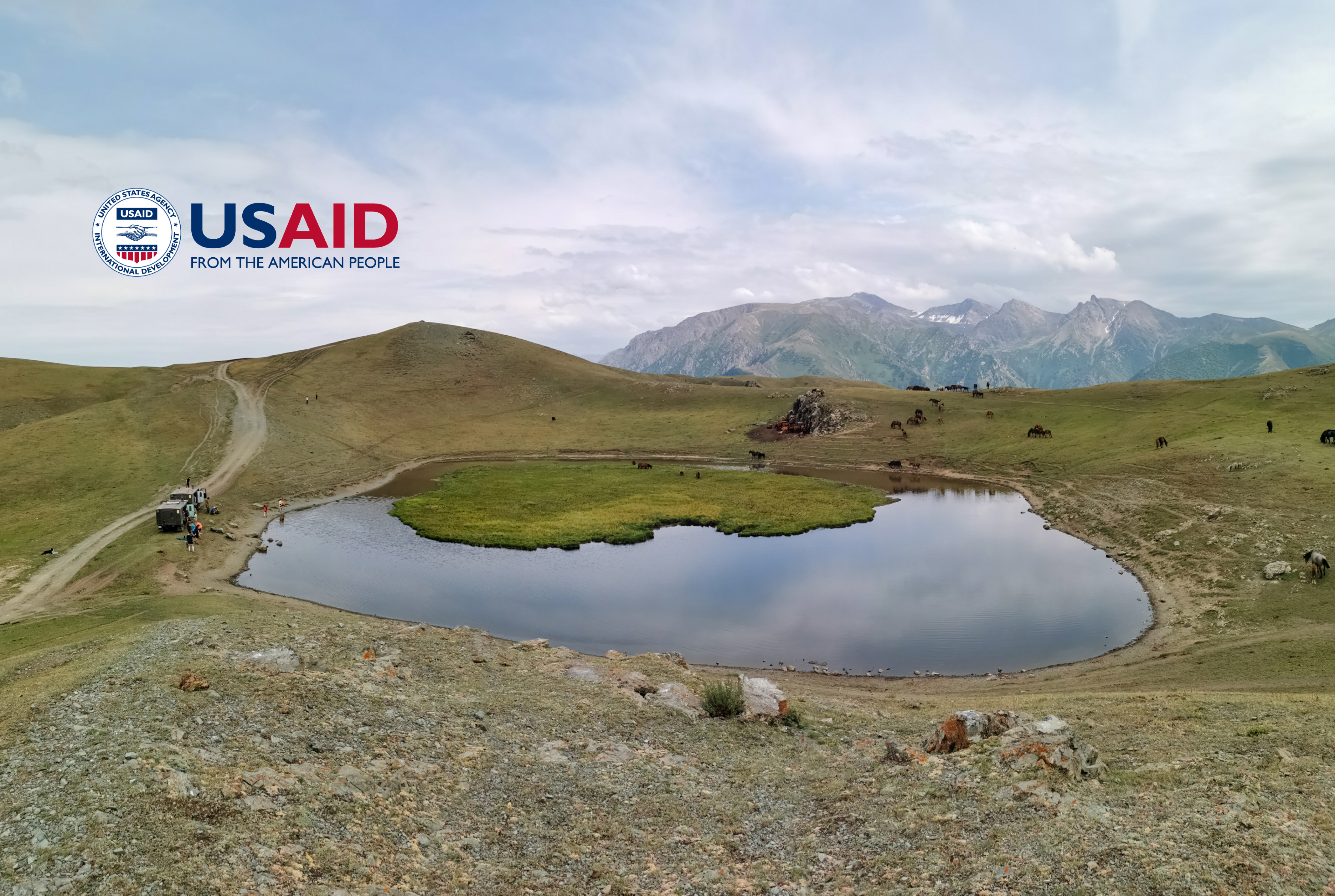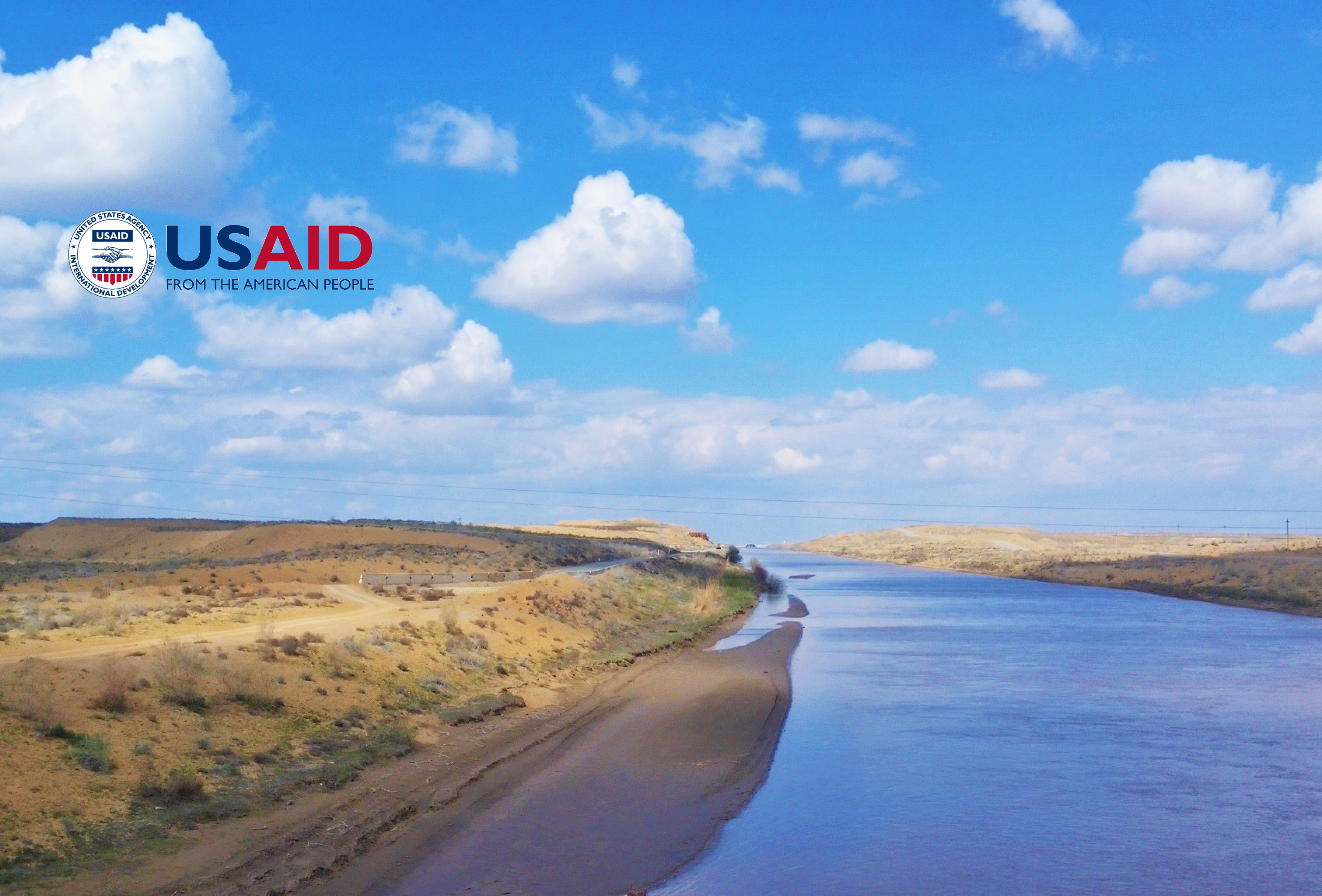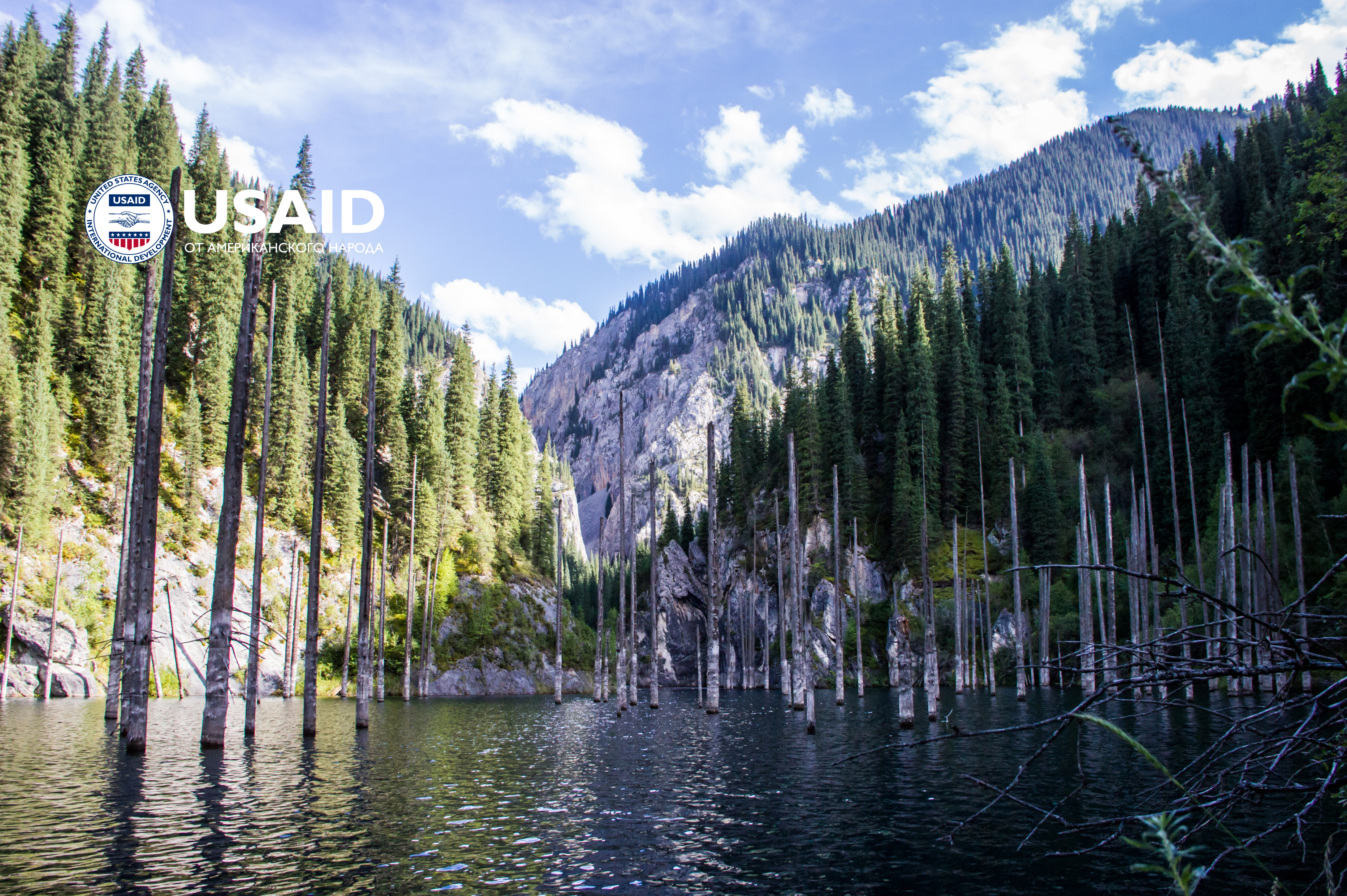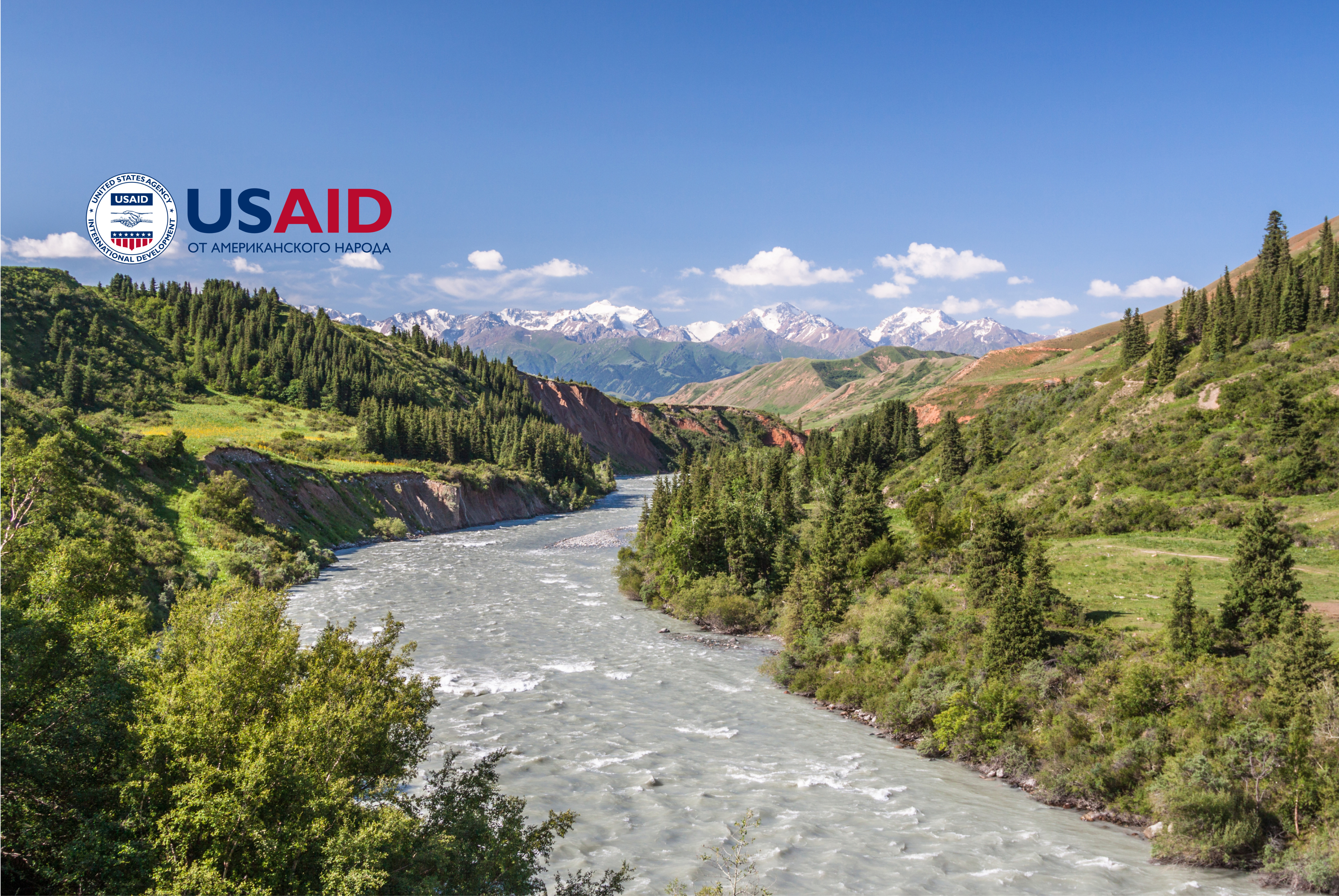riverbp
Community of Practice / Knowledge Hub
Lectures/seminars
Water-Energy-Food-Ecosystems (WEFE) Nexus Lecture: Influence of the COP26 on promotion of the WEFE Nexus approach in the global arena
In November 2021 Glasgow, United Kingdom, hosted the 26th UN Climate Change Conference of the Parties (COP26). More than 200 countries participated in the Conference and accepted the Glasgow Climate Pact. This global agreement will accelerate action on climate during the upcoming decade. One of the topics raised during the conference was WEFE Nexus approach and possible contribution of its application while implementing the Glasgow Climate Pact.
Water-Energy-Food-Ecosystems (WEFE) Nexus Lecture: Water-Energy Nexus for the Central Asian Regional Electricity Market
The geographical and climatic features of the Central Asian region, and the uneven distribution and consumption of its natural resources determine the dependence of the economic potential of each state, in particular, on the efficient use of water and energy resources. However, Central Asia has an ideal set of complementary regional energy sources and generation structures that will help realize the benefits of regional energy cooperation. Strengthening the integration of the region's economies through increased energy trade between the countries of Central Asia and neighboring regions can help the region restore and maintain economic growth and regional cooperation.
Water-Energy-Food-Ecosystems (WEFE) Nexus Lecture: Hydropower Climate Impact Modelling Approach for Central Asia
Hydropower provides up to 98% of electricity in some of Central Asian countries such as Kyrgyz Republic, and Tajikistan. Hydropower plants depend on the water content of the rivers fed by glacial melt water and snowmelt. However, as the climate warms, most climate models predict significant changes in the dynamics of the precipitation patterns as well as changes in glacial runoff.
Water-Energy-Food-Ecosystems (WEFE) Nexus Lecture: Water and Energy Efficiency in Talimarjan
The Talimarjan reservoir is one of the largest artificial reservoirs in Uzbekistan and plays a key role in the water supply of the Kashkadarya region. The Kashkadarya region historically had the potential to develop agriculture but was considered water scarce, and in Soviet times it was decided to build a reservoir and a cascade of pumping stations that would direct water from the Amu Darya to irrigate the developed lands where cotton, wheat and other important crops are grown, and as well as supplying the population with drinking water.
Water-Energy-Food-Ecosystems (WEFE) Nexus Lecture: State and Dynamics of Glaciation of the Kyrgyz Tien Shan
Climatic changes in Central Asia are causing the reduction of the Tien-Shan Mountain glaciation. Meanwhile, it is the mountain glaciation that is the key factor in the stable water supply to the hydrological system of this arid region. Meltwater from glaciers and seasonal snow cover largely feed Central Asian rivers. The countries use this water for economic activities such as irrigated agriculture and hydropower generation. However, the accelerated melting of glaciers poses additional risks to sustainable development and regional water, energy, and food security in the region.
Water-Energy-Food-Ecosystems (WEFE) Nexus Lecture: The Role of Science and Scientific Research in Bridging the WEFE Nexus Knowledge Gap
In recent years, the Water-Energy-Food Nexus approach has attracted growing attention within international politics, academia, and other areas of society. The tragedy of the Aral Sea in Central Asia demonstrates how wrong planning, lack of understanding of the interconnection of various sectors can lead to tragic consequences. The Central Asian countries are currently striving to reduce the detrimental impact of the Aral Sea crisis on the environment, on various sectors of economic development, ecosystems, and the health of the population of the Aral Sea region. In this regard, great efforts are directed by countries to the practical solution of these problems, considering the relationship of "water-energy-food-ecosystems" - the introduction of the Nexus campaign.
Water-Energy-Food-Ecosystems (WEFE) Nexus Lecture: International Water Law: Linkages between Water Law and Nexus Approach
Achieving sustainable development in river basins, including in Central Asia, requires effective coordination in decision-making and planning over the use of natural resources - water, energy and land.
International water law offers an overarching framework for addressing a broad range of water-related challenges that span across scales (international vs regional), sectors (energy, agriculture, environment) and disciplines (political, economic, societal and environmental).
Water-Energy-Food-Ecosystems (WEFE) Nexus Lecture: Water Sector financing in Central Asia: Opportunities and Challenges
Water is key for the socio-economic development of all the countries sharing the Aral Sea Basin (ASB). In fact, it is the availability of water that determines the region’s economic performance, social coherence, and even political stability. The environmental aftermath of water mismanagement in the region led to the creation of a 5-million-hectare desert—the Aral-Kum. The collapse of the Soviet economic system immediately resulted in the disintegration of the compensatory system and mechanisms in the region involving water and energy and pushed countries towards more self-sufficiency and independence in all economic areas, including water, energy, and agriculture.
Water-Energy-Food-Ecosystems (WEFE) Nexus Lecture: IWRM versus Nexus Approach - is there any difference
The world community has been introducing IWRM principles in most countries of the world for at least three last decades. Over the past decade, the Nexus approach has been introduced along with the IWRM approach. If IWRM has already been incorporated into the national legislation of the CA countries and the principles are being implemented at the river basins, then the concept of Nexus is quite new for the region. There are many questions about the new approach and lots of misunderstanding. Is Nexus a completely new approach, or is it just a new name for the IWRM approach? Do we need to completely change CA legislation for implementation of Nexus approach, or should we just make some additions?
Water-Energy-Food-Ecosystems (WEFE) Nexus Lecture: Water Security in an Uncertain Future
Central Asia is experiencing growing demand for water, food, and energy. But the region’s climate is highly variable and projected to have profound implications for regional water resources. Snowmelt and glacier melt supply much of the spring and summer runoff needed for the agriculture growing season. Increasing temperatures and shifting patterns of precipitation are accelerating glacier melt and reducing snowpack. The combination of these climatic and hydrological changes will add considerable uncertainty for the successful management of water resources.
Items 11 - 20 of 20
First | Prev. | 1 2 | Next | Last
